Órgiva is capital of the Alpujarra region in Granada province, Andalucia, Spain, famous for its collection of Don Quixote books by Cervantes
By Nick Nutter | Updated 15 Mar 2022 | Granada | Villages |
Login to add to YOUR Favourites or Read Later
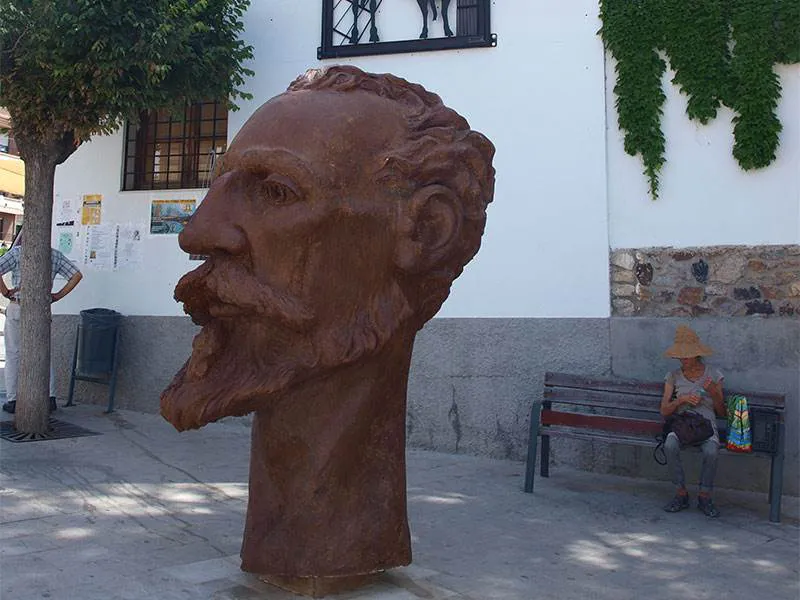
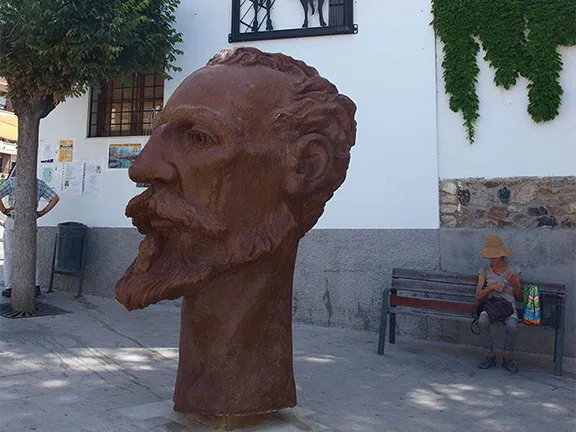
Don Quixote
If I asked anybody to name the town that has editions of Cervantes’ book, Don Quixote, in the greatest number of languages, some people may say Madrid, home to the Instituto Cervantes. They would be wrong. Some may guess Alcala de Henares, the birthplace of Cervantes, wrong again. The answer is the Alpujarra town of Órgiva.
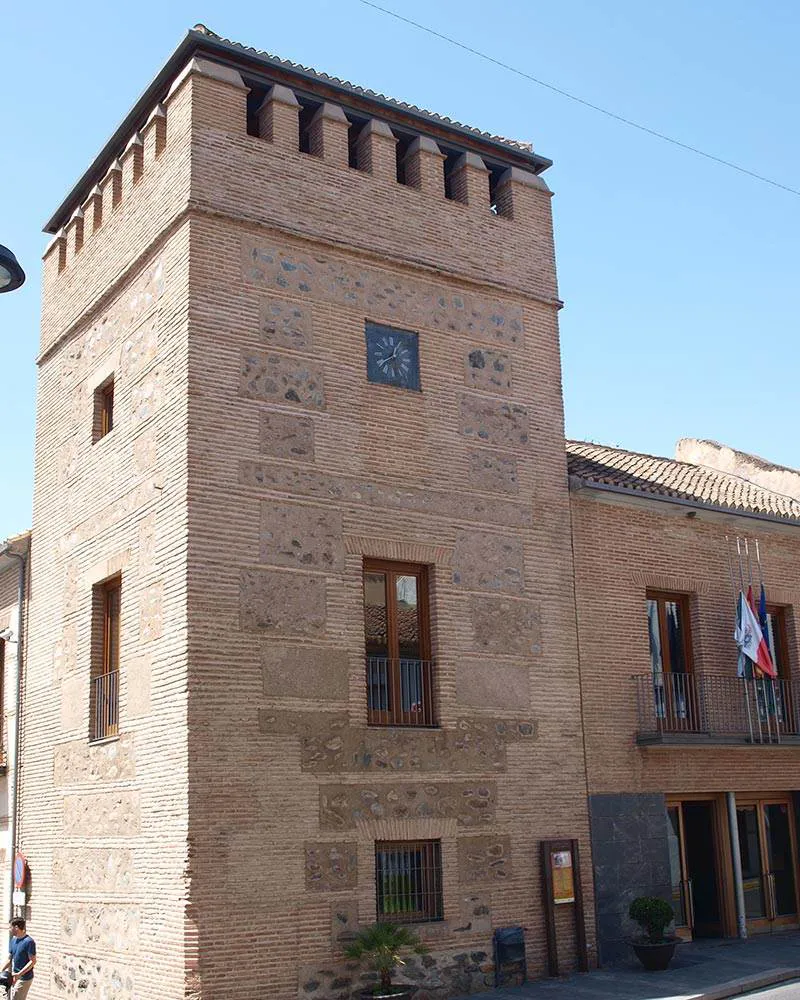
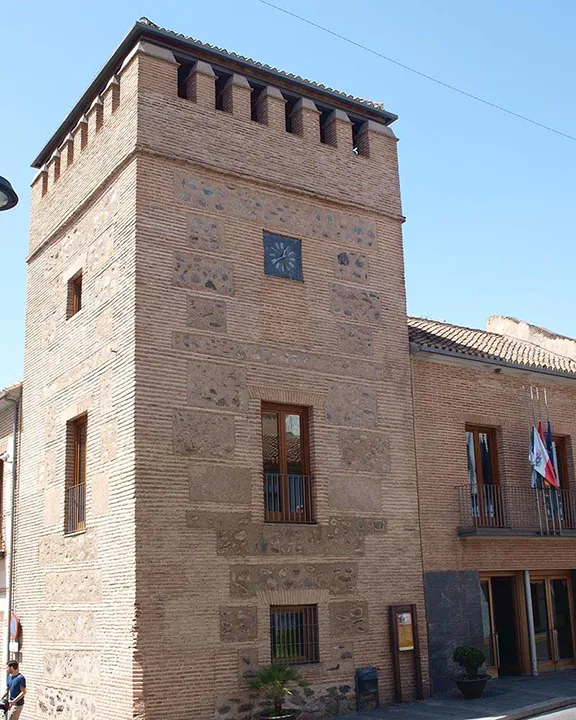
16th century tower
Órgiva is the capital of the Alpujarra region whose last and only claim to literary fame was probably a mention in ‘Driving Over Lemons’ by Chris Stewart. However back in 1967 the local librarian, Agustin Martin Zaragoza, started to encourage people and institutions to send him copies of the book Don Quixote. Today the collection, housed in the library and available to anybody who wants to read them, stands at books in 82 different languages including some with very few speakers such as Afrikaans oriya. They still have some way to go for a full set, Don Quixote was translated into 140 languages and dialects. The collection in Madrid by the way only represents 59 languages.
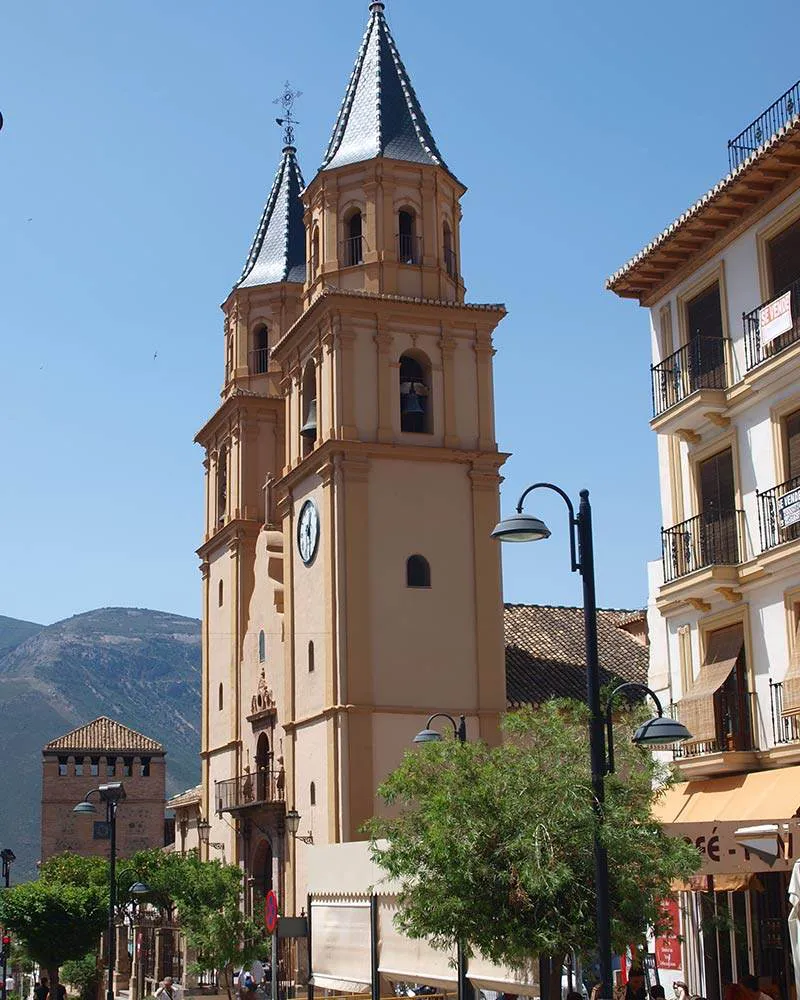
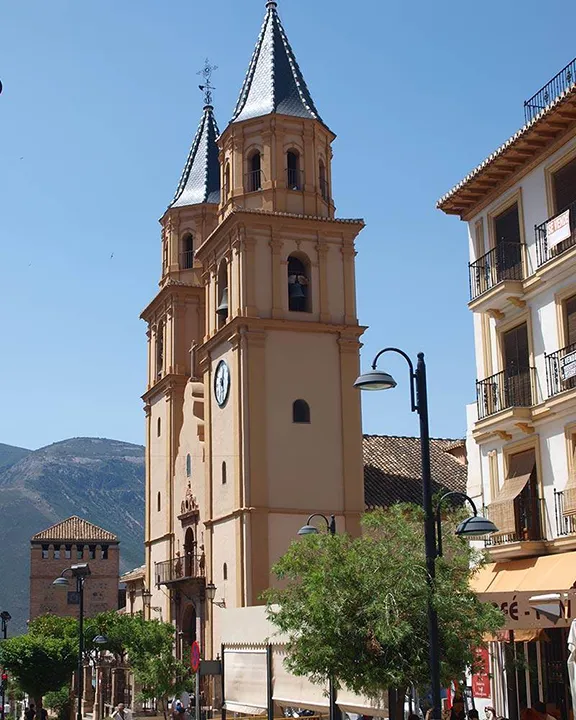
Baroque church in Orgiva
It is appropriate that this little known yet world famous collection is located in Órgiva. The Deputy Mayor of Culture, Antonio Estevez, calculates that the 6,000 or so inhabitants of the municipality include those from 68 different nationalities. There are also three alternative communities, Beneficio, El Morreon and Los Cigarrones where the members try to live in harmony with nature with no cars, mobile phones or alcohol.
Not surprisingly the large Thursday market attracts people from all these nationalities and communities. It is a colourful affair heavily biased towards home grown vegetables and hand crafted products.
Towards the bottom of the main street is one of the two architectural features worth looking at. Attached to the town hall, the square tower, built in the 16th and 17th centuries has a pitched roof over the battlements. The roof, installed in the 20th century so that the roof can be used as a drying shed, is beautifully finished with Arabic ceramics.
Next to the town hall, on the main street is the second building worth seeing, the Baroque 16th-century church, with an impressive altarpiece and an image of Christ considered to be the work of the renowned religious sculptor Juan Martínez Montañés.
The town itself is pretty enough without any particular attraction, other than if you wish to spend a couple of days in the library. It is, however, the gateway to the fantastically scenic Alpujarra region of Granada, the southern slopes of the Sierra Nevada mountains. Here you will find peace and tranquillity in the mountains, not to mention stunning views.